Billcliff Large Format Field Camera
March 09, 2011
On Tuesday, March 7, I picked up a new camera: a Billcliff large format wood camera with a Ross Rapid Symmetrical lens and one book-style plate holder that will take two exposures up to 8″ x 10″ in size.
I don’t know much about the camera or the lens other than what I have been able to find online in the last few days (update 3/13/11: and through contact with photography historian, Dr. Michael Pritchard, and the curator of Early Photography). Here is what I know. If you know more and/or have corrections, please share with a comment. I’m also sure that I’m not using the correct terms and names of the various parts, so please include those corrections, as well. My ultimate goals are to know the history of this camera and to be able to use it one day (soon).
Manufacturer
Joshua Billcliff (1820-1899) of Manchester, England
Update 3/30/11: Some digging around the Archives and Local Studies section of the Manchester Public Library web site led me to this portrait of Billcliff taken by J.F. Stirling on June 5, 1843 (used with permission):
Dimensions, Numbers, and Dates
Closed (not accounting for brass wheels or the lens): 14 1/8″ x 14 1/8″ x 3 1/4″
Fully extended: 27″
Focusing Glass: 10″ x 12″
Double-slide: 11 1/2″ x 14″ (or 14 3/4 inches accounting for pull extensions)
Camera Serial Number: 6003
Camera Date: circa 1890 (dated by the curator of Early Photography)
Lens Diameter (outside): 52mm
Lens Glass Diameter: 38mm
Lens Serial Number: 28123
Lens Date: 1882 (by the curator of Early Photography); between 1875 – 1880 (by Camera Wiki)
Update 3/13/11
Tripod turntable leg width: 5 1/2 inches
Waterhouse stop opening: just about 44mm
Camera Made For?
The word “Royalty” is engraved into the brass tripod mount, which suggests that the camera was possibly made for the London & Paris Optic & Clock Company, which, according to Early Photography, “produced a number of cameras in their ‘Royalty’ range.” I don’t know enough about the company and Billcliff’s association with them to be certain. Update 3/13/11: This suspicion was confirmed in an email from the curator of early Photography, who suggested that the name “Royality” might also be engraved in the plum gauge. Dr. Pritchard, however, writes, “The Royalty name on the tripod mount may be slightly misleading as I am not aware that the firm work[ed] for the London Paris and Optic Company. I would suspect that much of Billcliff’s brass work was bought in and this may either be a recycled mount or carried its own trade name of ‘Royalty.'” So, it is a bit of a mystery still.
Construction
Spanish mahogany, ebony bindings, brass fittings, finger joints, and black (charcoal gray) tapered diagonal bellows made of either worn leather or thick cloth. Flashlight test shows no sign of holes in the bellows. The serial number 6003 appears on the back of the camera and the wood that holds the focusing glass.
Lens
Ross 8 1/2 x 6 1/2 Rapid Symmetrical lens. Camera Wiki dates the serial number, 28123, to between 1875 – 1880. (Update 3/13/11: The curator of Early Photography dates the lens to 1882, which suggests that the lens could have been reused for this camera.) There is no fungus on the lens, though there is dust in the inner portion. There are no aperture settings; the lens is fitted to take Waterhouse stops, which I don’t have (update 3/13/11: I have located a seller in Spain who has the stops in the size I need; I’m now waiting for email confirmation and a photograph of the stops). There is no shutter or lens cap.
I do not know the focal length and would be interested in knowing how to calculate that.
Focusing
Bellows, double extension, with focusing wheel, and a double-hinged focusing screen. The screen is in very good condition, though there does appear to be some sort of oil or finger smear in one corner.
Exposure
Book form double dark-slide labeled 1 of 1 and 1 of 2. To insert the slide the focusing screen is raised and rested on the bellows. The slide is moved into position. A latch is depressed and ones of the doors is slid out to the right. This exposes the light-sensitive material. A lens cap is removed from the lens which shines the image on the material.
I’m not certain if the camera is designed for wet-plate photography or negative photography, though I suspect web plate collodion. It will accept up to 8 x 10 inch plates or negatives.
Other Comments
There are several pencil markings on the back of the removable wooden plate that holds the lens. One reads “T” which clearly indicates the top. The others are less legible. One contains the the number “3 1/8” followed by a word I cannot read. Any ideas? Above that is something even more faded which I am going to try to read somehow.
The finger-joint in one corner is cracked and there is a large crack down the middle of one of the exposure slide doors (see above photos). Both of these can be repaired quite easily. One latch on the book form double-slide is missing, as are several screws, though none of these affect the integrity of the camera. The slide for the bellows is tight making the slide somewhat stiff. The handle is missing (see above photos) and the clasps that close the camera are not completely secure.
I’m not really sure what this knob controls:
Provenance
The man I bought the camera from bought it in 1982 from an antique dealer (I’m not sure if the dealer specialized in cameras) in Scotland (most likely Edinburgh). He brought it back to his home in Cherry Hill, NJ, and kept in it a box, only taking it out to show guests. He never used it.
Brief Joshua Billcliff History
Both Early Photography and Camera Wiki have Joshua Billcliff company profiles. From Early Photography:
Company Name: Joshua Billcliff
Company Address: 93 Coupland Street, Manchester, England (1879); Works: 1 Perry Street, of Medlock Street
Company Info
Billcliff was established in 1860, in 1881 he employed 7 men and 2 boys, describing himself in the census of that year as a cabinet maker. He made cameras for Thornton-Pickard and others in the Manchester area. An 1886 advertisement states he was making McKellan’s camera [sic], presumably the S.D. McKellen Patent camera. An advertisement in 1914 is by the executors of J. Billcliff. The firm was still listed in the 1943 BJA. Josiah Billcliff (b.1821).References: BJA 1886, p. lxxx.; YBP, 1887, xxxvi.
Joshua Billcliff (born 1820 in Ingbirchworth, West Yorkshire, died 1899 in Chorlton on Medlock, Lancashire) of Manchester, UK, was a renowned camera maker. He made amazing types of wooden cameras. One specialty of his cameras were the revolving backs. But the “half-plate” field camera shown left has some more exciting details like the bayonet-like lens mount and the easily removable lens standard slide. Billcliff’s Multiple image camera is another example of his ingeniousity.
Billcliff made cameras for others like Chapman, McKellen, Thornton and the ingenious camera and lens designer W.I. Chadwick. He made the cameras which Chadwick had designed for the stereo photography revival of the 1890s.
All five sons of Chadwick became camera makers too.
Update 3/13/11: Dr. Pritchard forwarded me a scanned PDF of the Billcliff entry in Channing and Dunn’s British Camera Makers (1996), which includes more information about Billcliff and his company. In 1860, while a cafe owner, Billcliff became more interested in photography, and by 1865, after many happy clients, photography manufacturing became his primary job. He was one of the first and only camera makers in Manchester, and during the years 1885 – 1895 he employed 50 people. His company was also known as The Manchest Photographic Apparatus Manufactory. He had several addresses: “56 Stretford Road from 1868; 62 Devonshire Street, Hulme, from 1873 (with works in 1 Perry Street), and in 1875 to 93 Coupland Street and Perry St. In 1882 they made their final move” to 27 Richmond Street, Boundary Lane (pp 23-24).
Further research let me to find that Billcliff manufactured the first camera ever to be awarded the Gold medal by the Royal Photographic Society. The Encyclopedia of Nineteenth-century Photography, Volume 1 by John Hannavy, has an entry on S.D. McKellen that contains this paragraph:
The Museum of Science and Industry in Manchester has an information sheet about S.D. McKellen (.pdf) that includes this passage about the camera that one the Gold Medal, the Double Pinion Treble Patent camera:
He soon designed a camera for his own use, which he called the Double Pinion Treble Patent camera. . . .
Firstly, he equipped the baseboard with an integral turntable into which tripod legs fitted, in place of a loose tripod head. Secondly, the lens panel pivoted so that it could be clamped at any angle. The lens fitted through a hole in the baseboard, enabling the camera to be folded like a book. This made the camera more versatile to use and easier to pack up. Thirdly, a slotted strut system permitted tilting of both back and front panels. Two parallel rails in the baseboard allowed a racked frame to slide in and out for focusing. The lens panel was fixed to the sliding frame by struts. Milled-head screws permitted easy use of these movements while the photographer was focusing with his/her head under a dark cloth.
McKellen made his prototype and took it to Joshua Billcliff for manufacturing. Billcliff later remarked about it: ‘Ingenious, but it will fall to pieces in no time!’ He showed it to other members of the Manchester Amateur Photographic Society [now the Royal Photographic Society] who were astounded by it. The Photographic Society of Great Britain awarded McKellen their first Prize Medal for photographic apparatus. The President was so impressed by the camera that he called it ‘the camera of the future’.
The Exhibitions of the Royal Photographic Society web site has a listing of the camera, though it incorrectly states that the camera did not receive an award.
Prior to exhibiting at the Photographic Society of Great Britain, Billcliff exhibited for the Manchester Photographic Society, an even which was reported in the November 25, 1881, issue of The British Journal of Photography. Under the heading “The Soiree and Exhibition of the Manchester Photographic Society,” the author reports:
Billcliff, and one of his famous designs, the rotating back plate, are discussed and depicted in the Alfred Brothers’ (1892) Photography: Its History, Processes, Apparatus, and Materials:
A brief obituary is printed in the The Process Engraver’s Monthly, Volume 6, 1899, by the Federation of Master Process Engravers:
Business Locations (section added 3/13/11)
56 Stretford Road (from 1868):
62 Devonshire Street, Hulme (from 1872):
93 Coupland Street (from 1873; the vacant lot):
Here is Old Medlock Street:
27 Richmond Street, Boundary Lane (from 1882):
Billcliff Advertisements (section added 3/13/11)
Like all small business owners, it seems that Billcliff advertised in local and trade publications. The several I have been able to find are include below.
The Year-book of Photography and Photographic News Almanac for 1883:
The Photographic News Almanac (1887):
The Annual Review of the World’s Pictorial Photographic Work (1899):
British Journal of Photography, Volume 54, January 4, 1907 (advertised by his sons):
If anyone knows anything else about this camera, especially about the part names, lens focal length, (update 3/13/11) and whether it is wet plate or other, I’d be very interested and will incorporate your comments into the above discussion.
A set of over 100 photos of the camera can be seen on my Flickr page. These include more varied angles and close-ups of many of the brass fittings. Take a look!


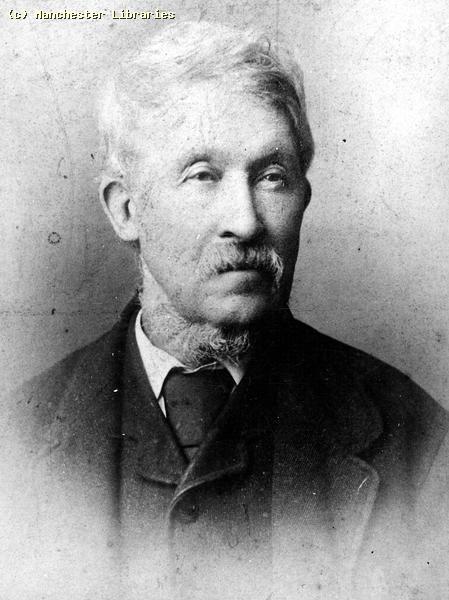
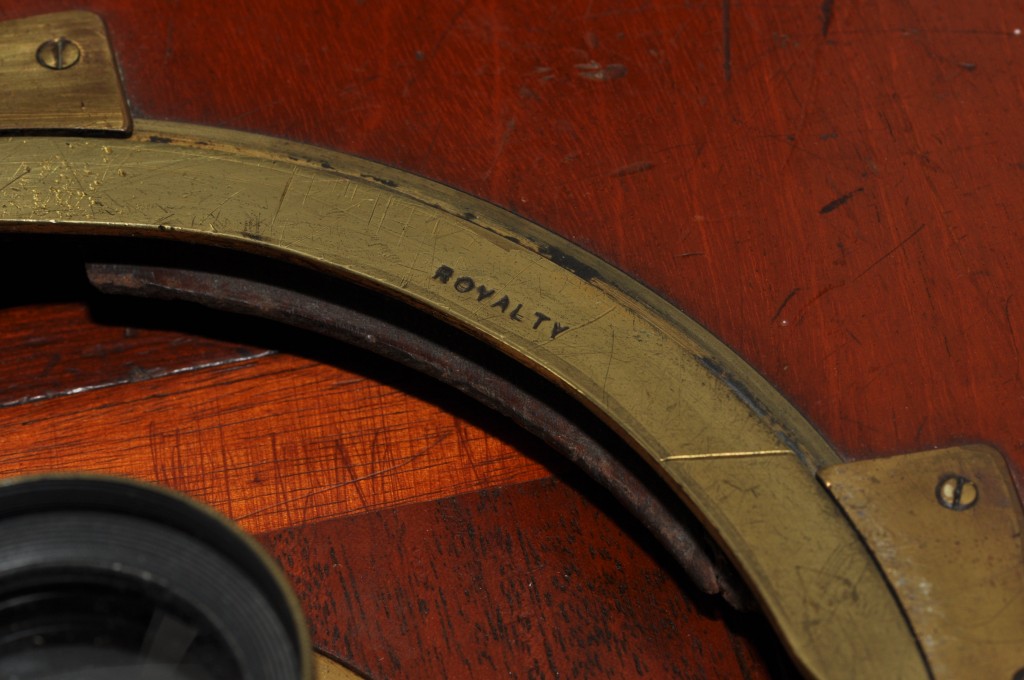
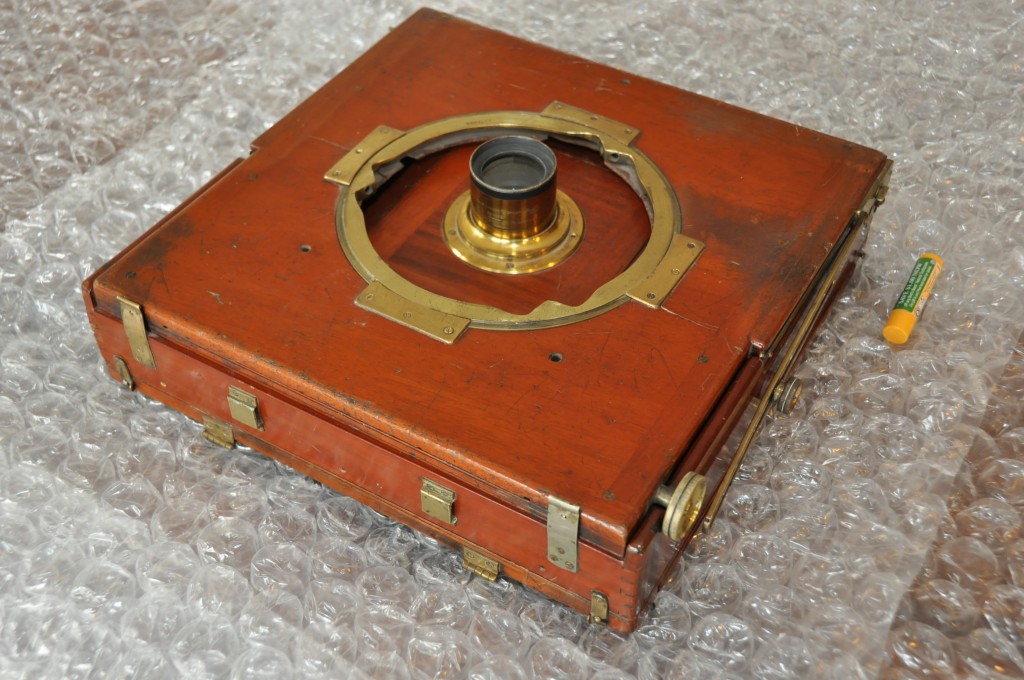


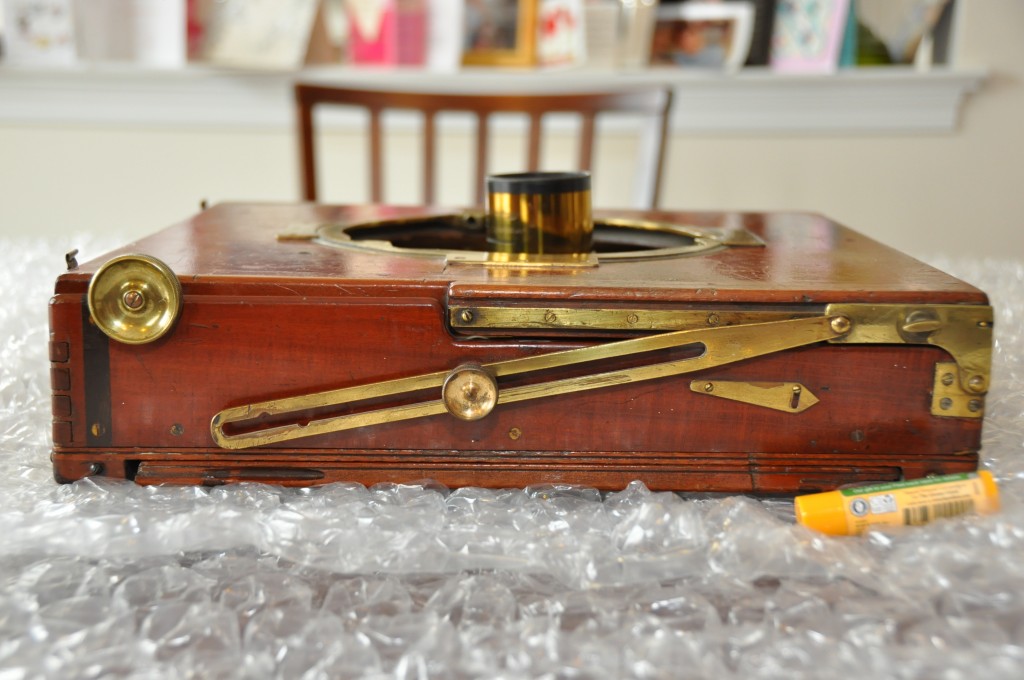
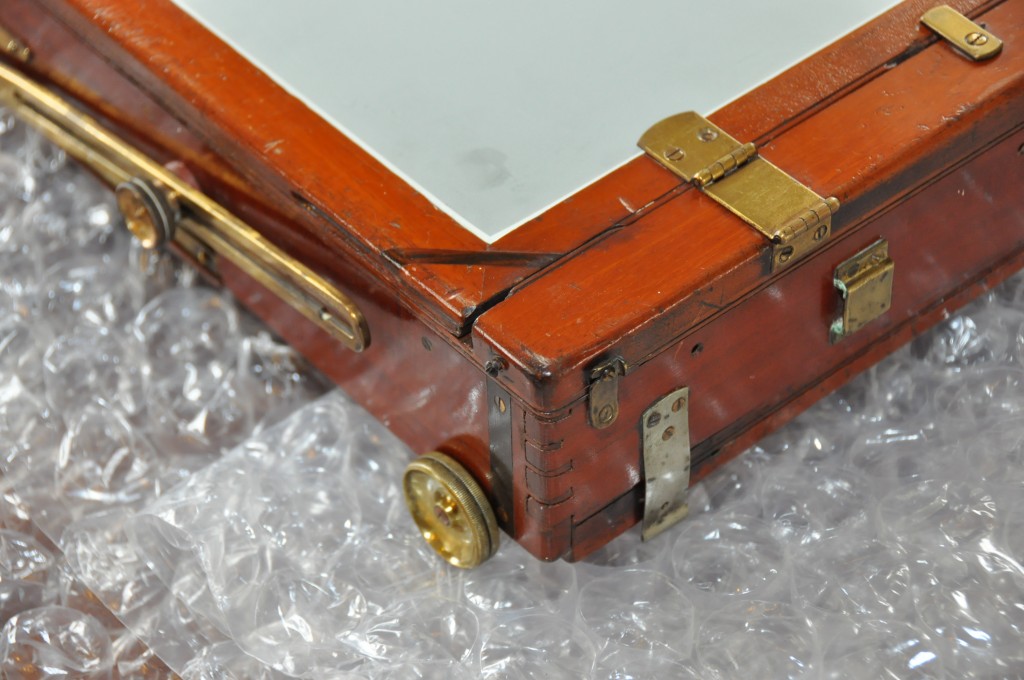
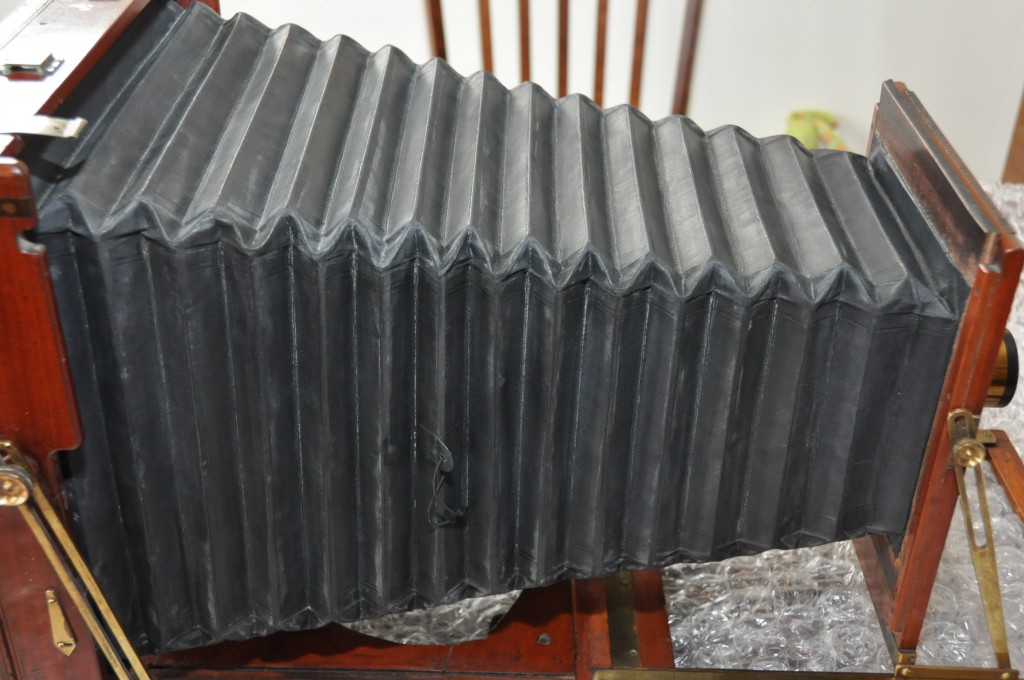



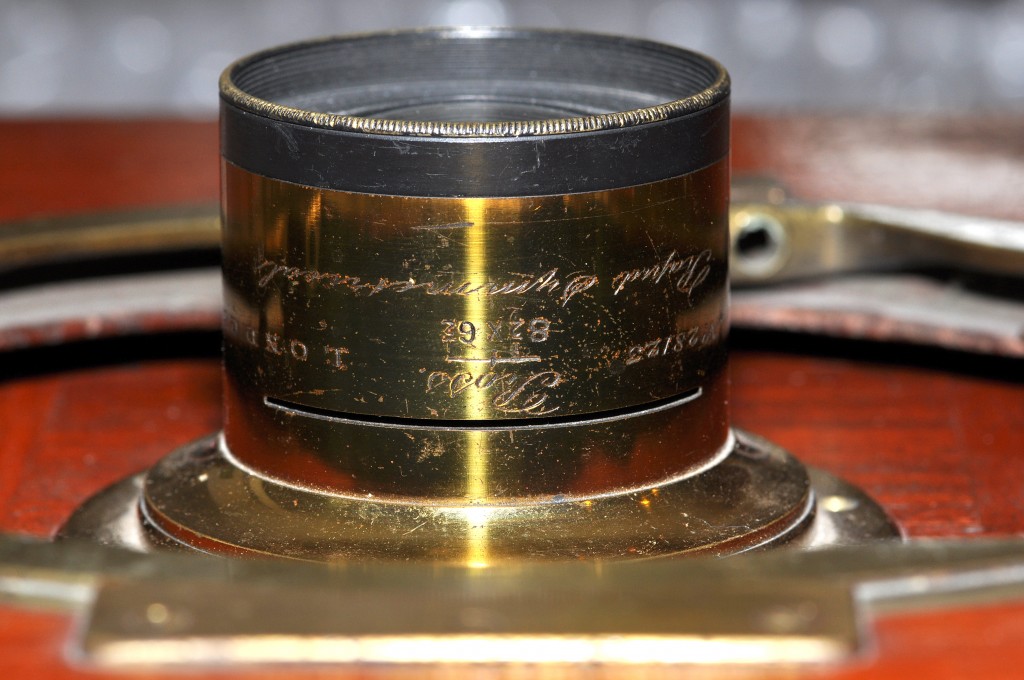
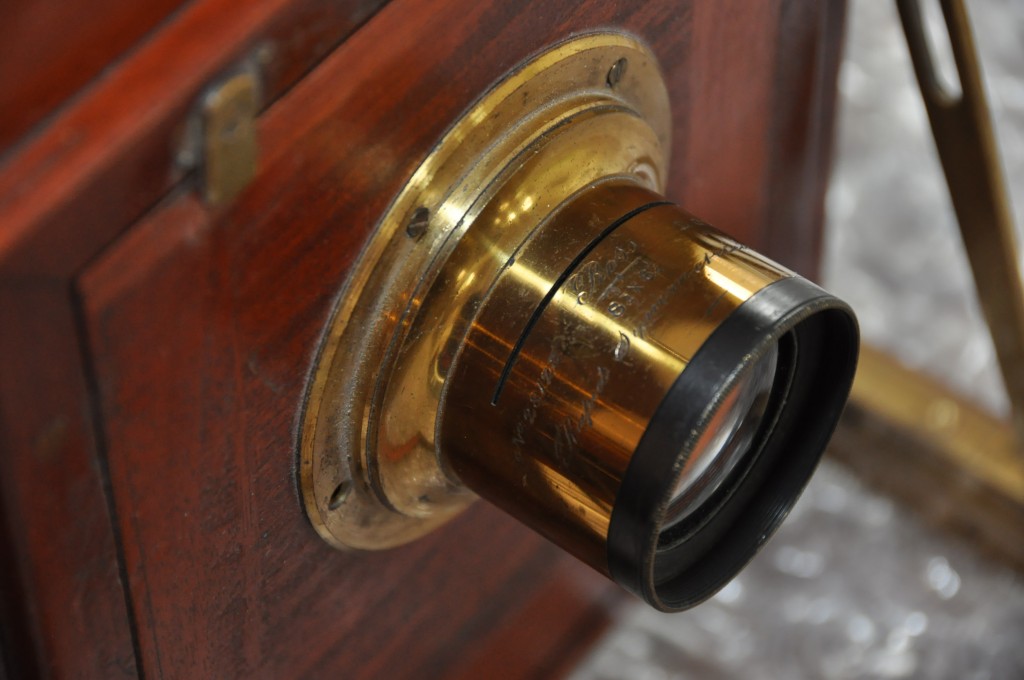
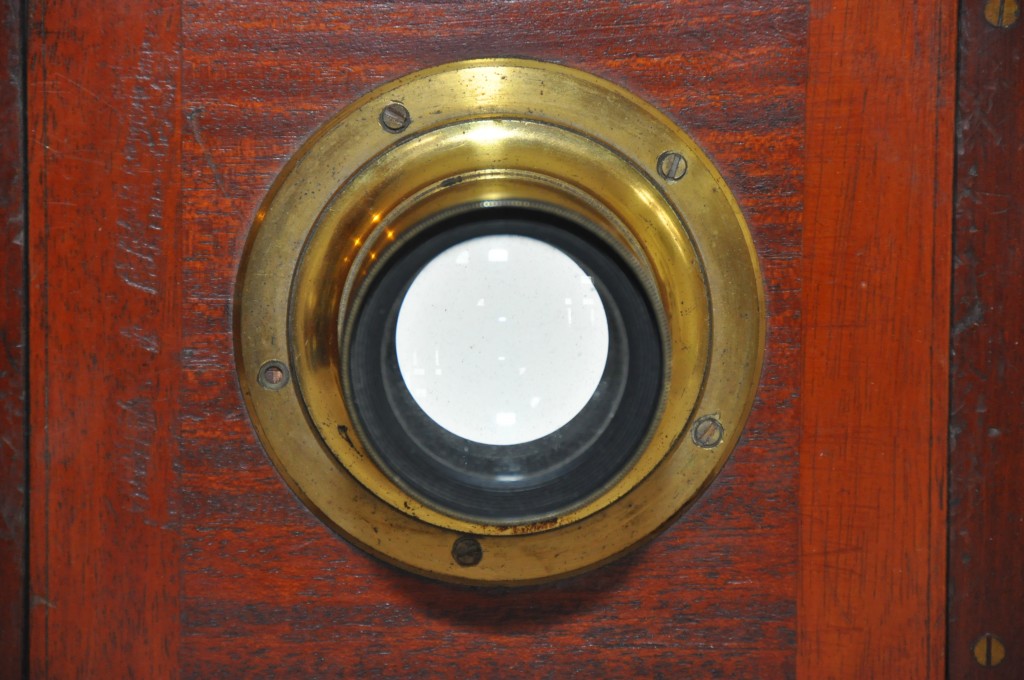
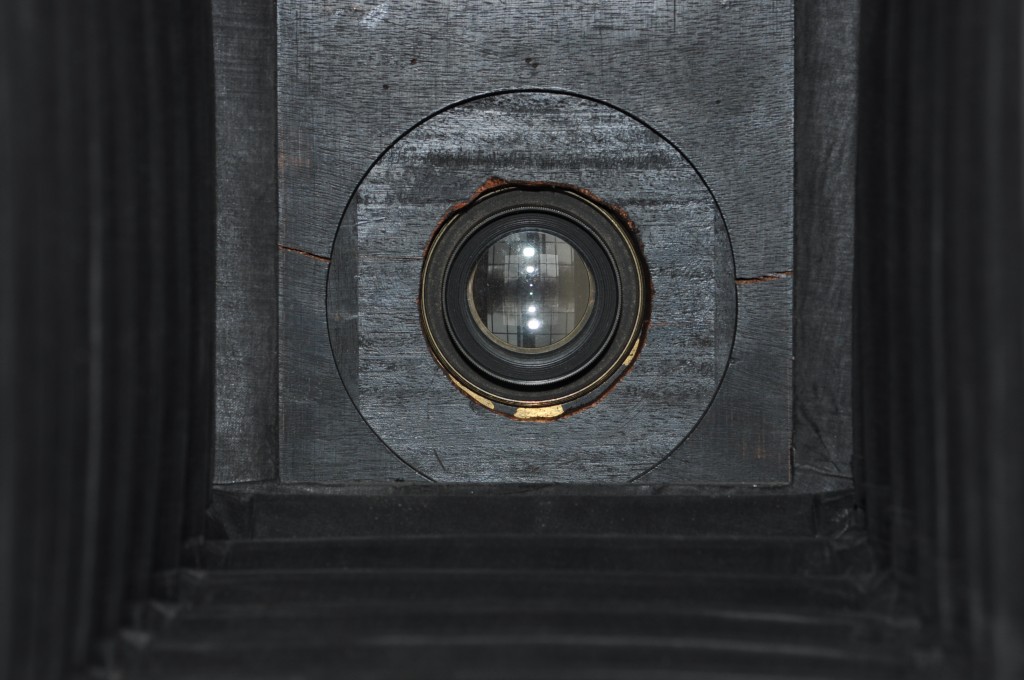


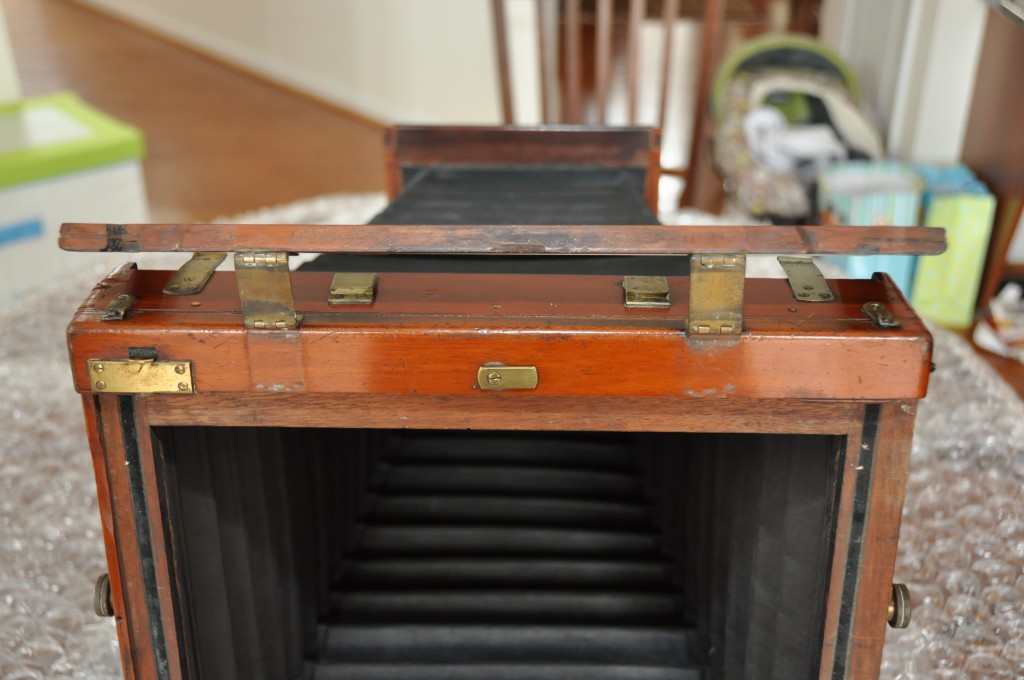

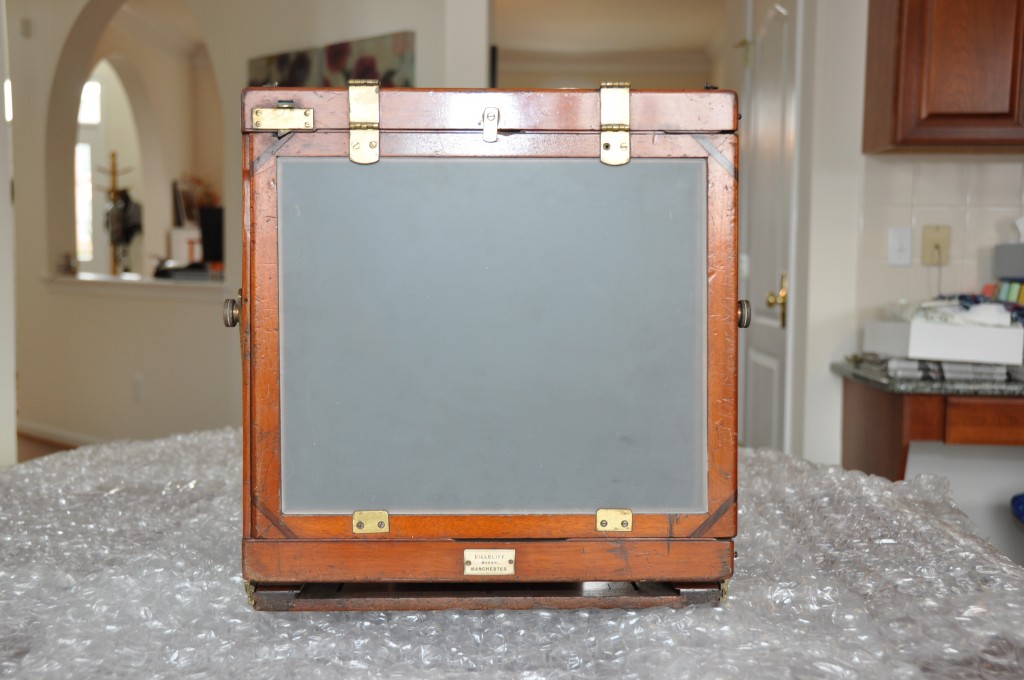

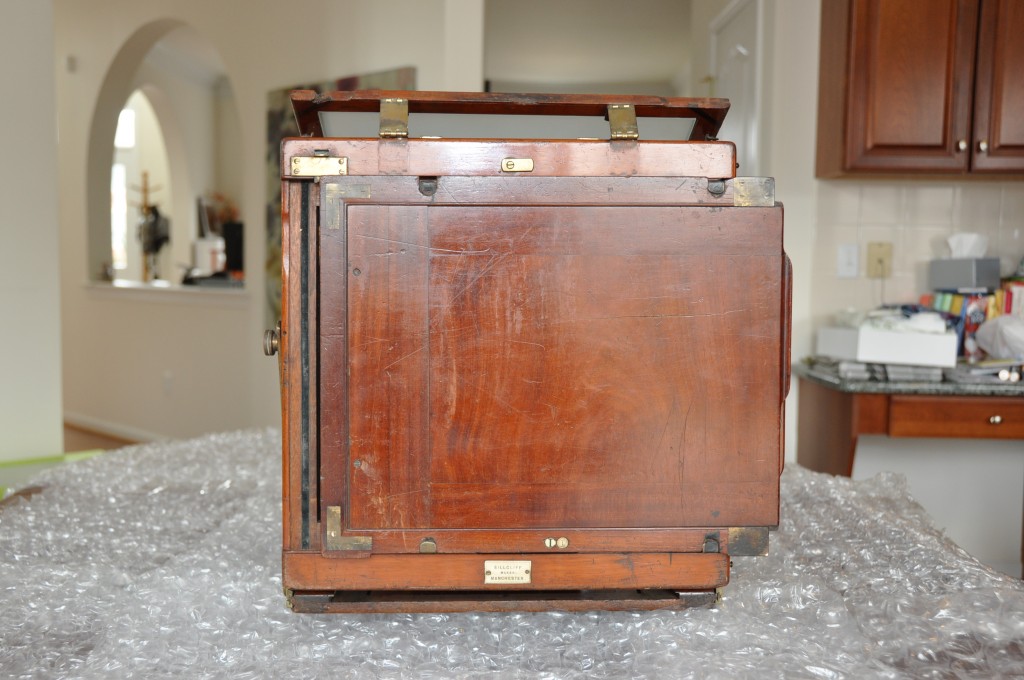
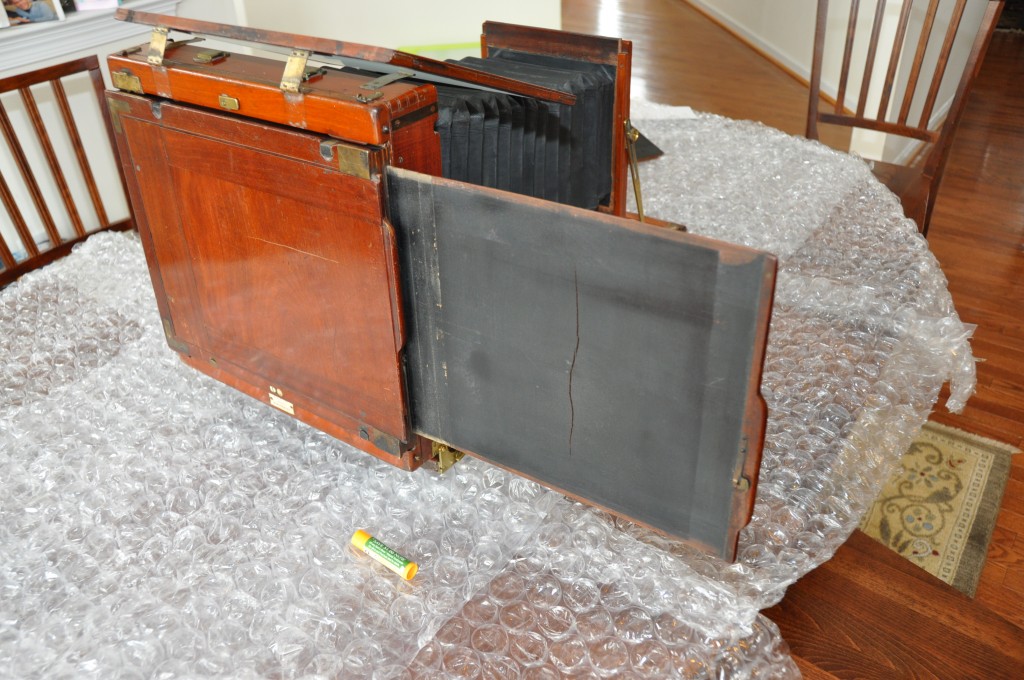
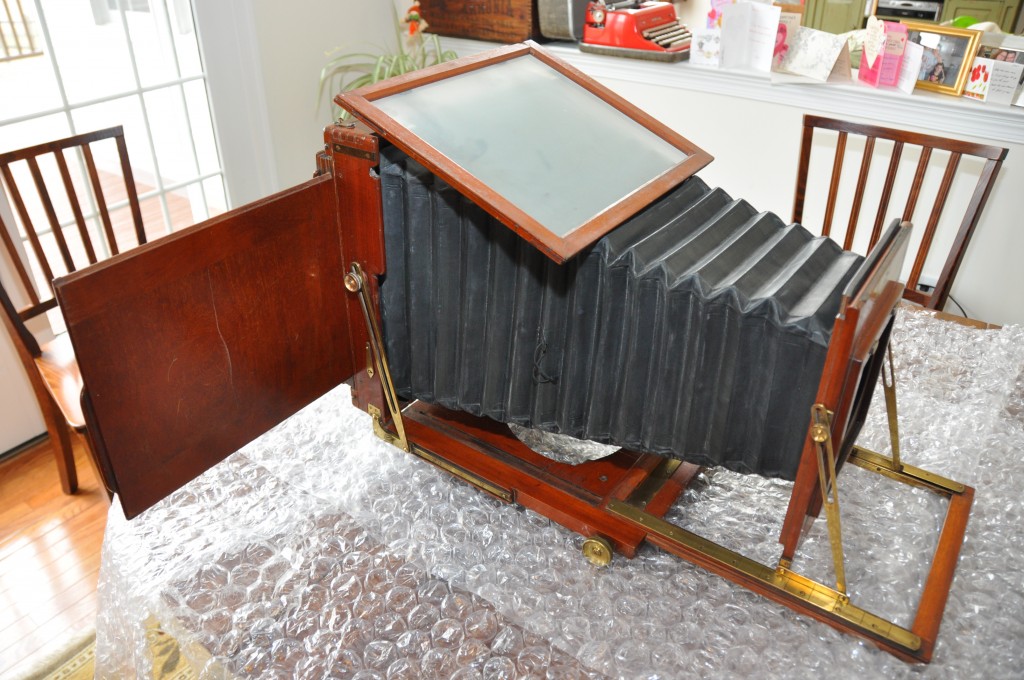
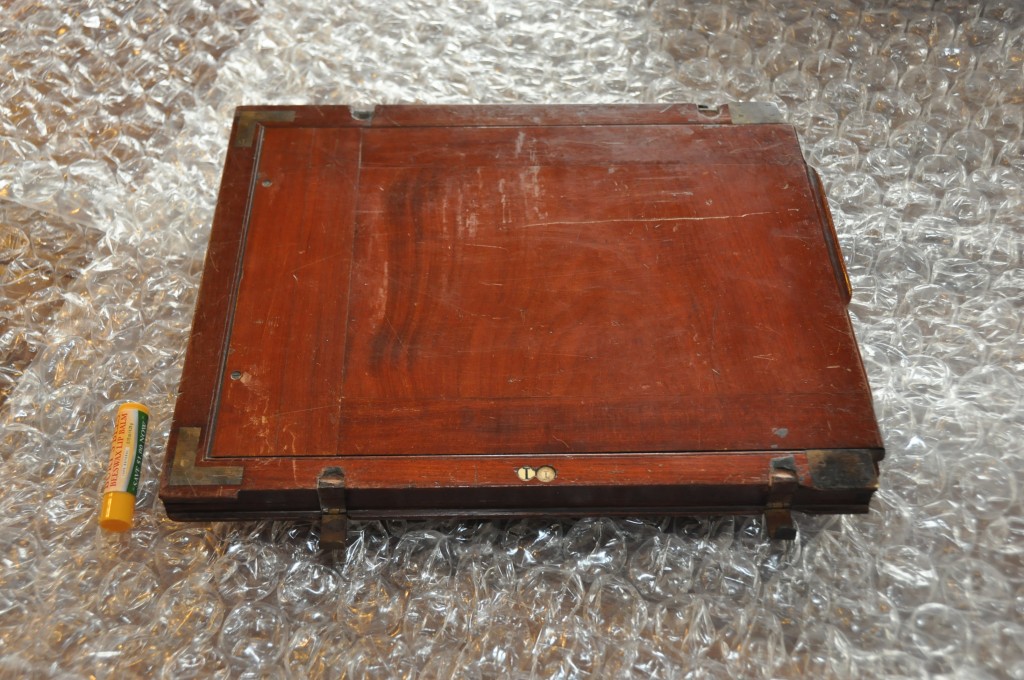
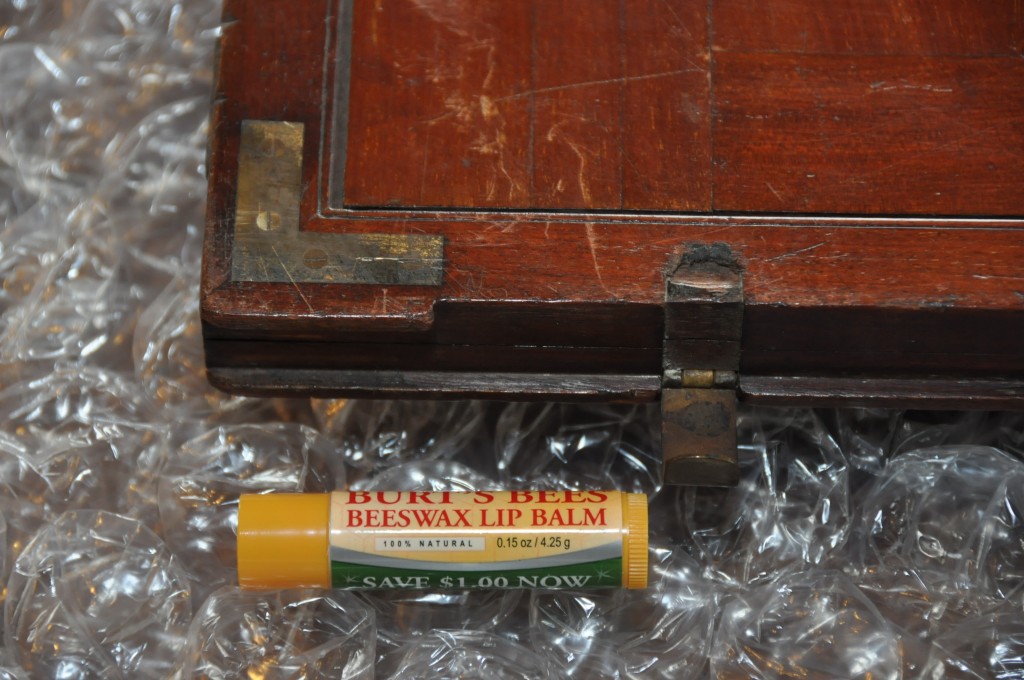
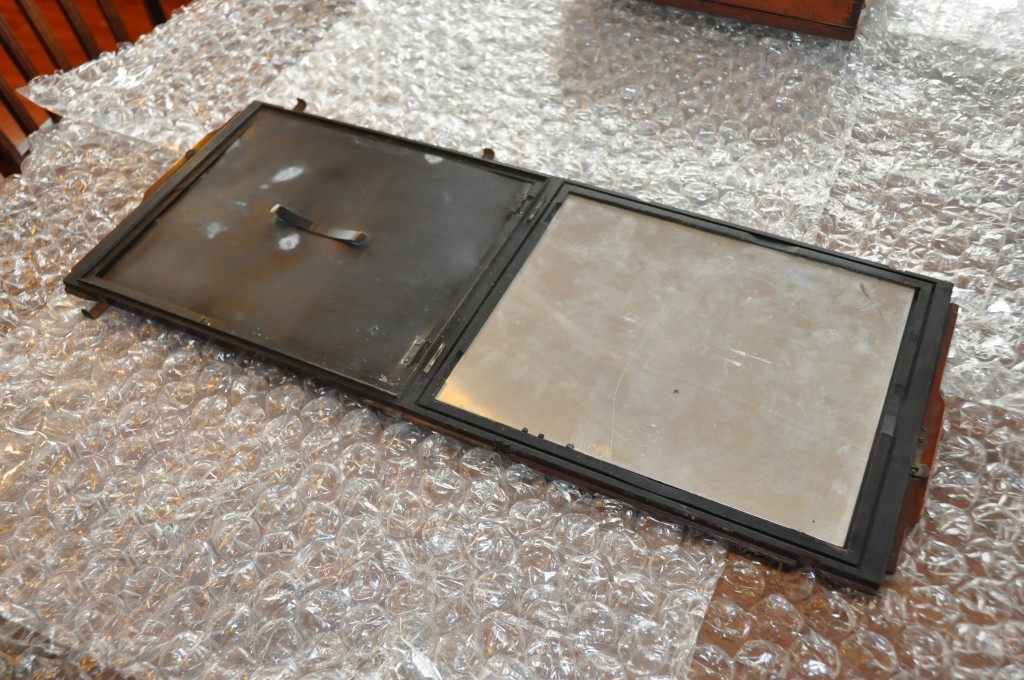

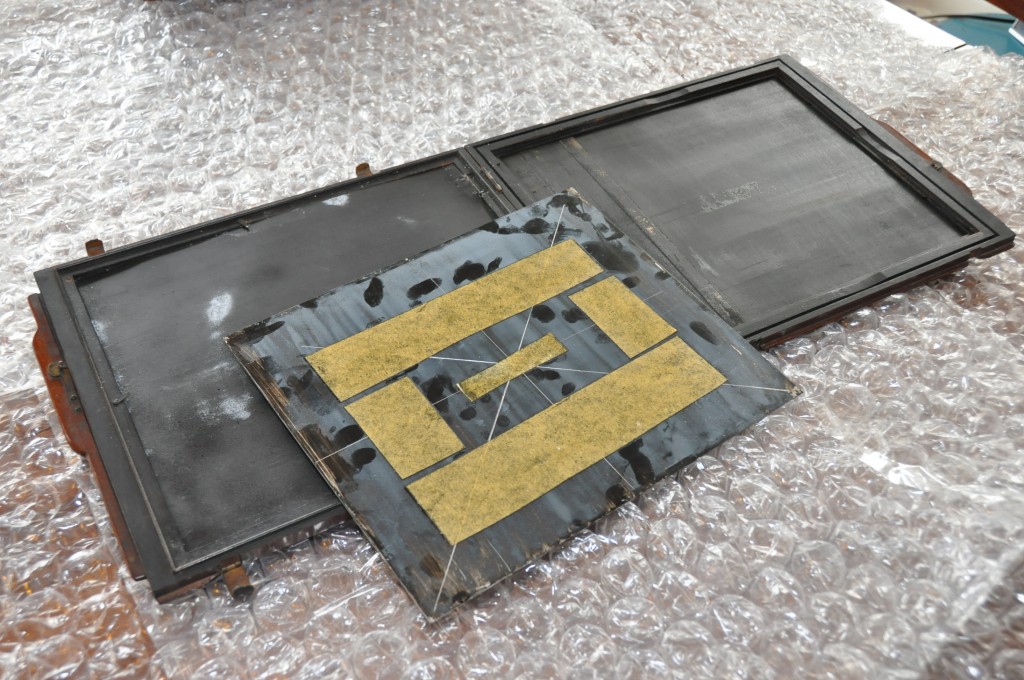
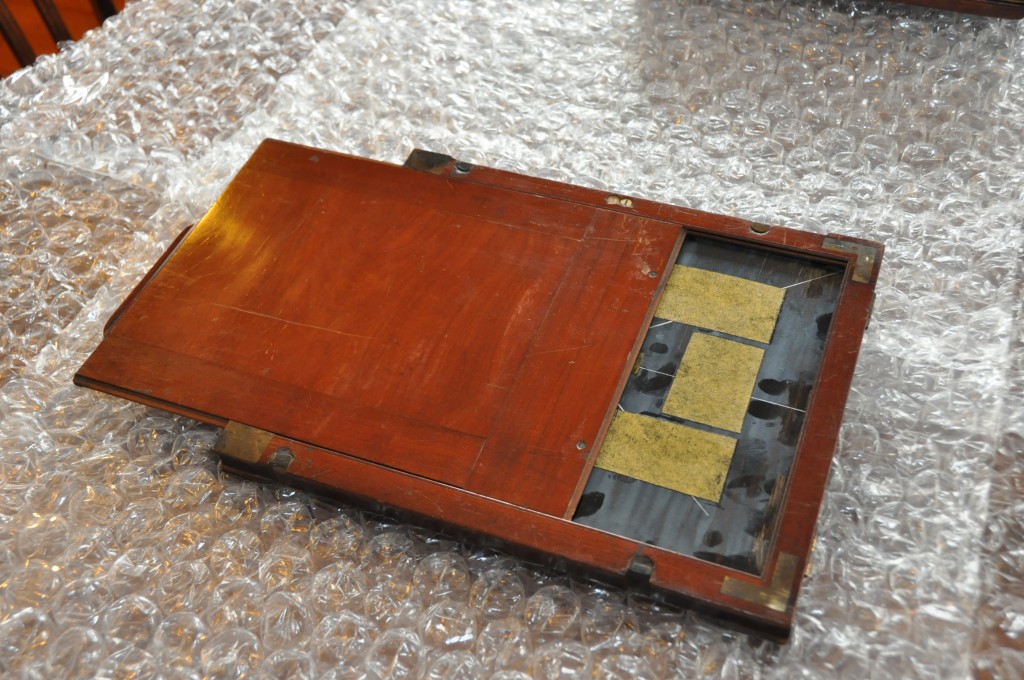
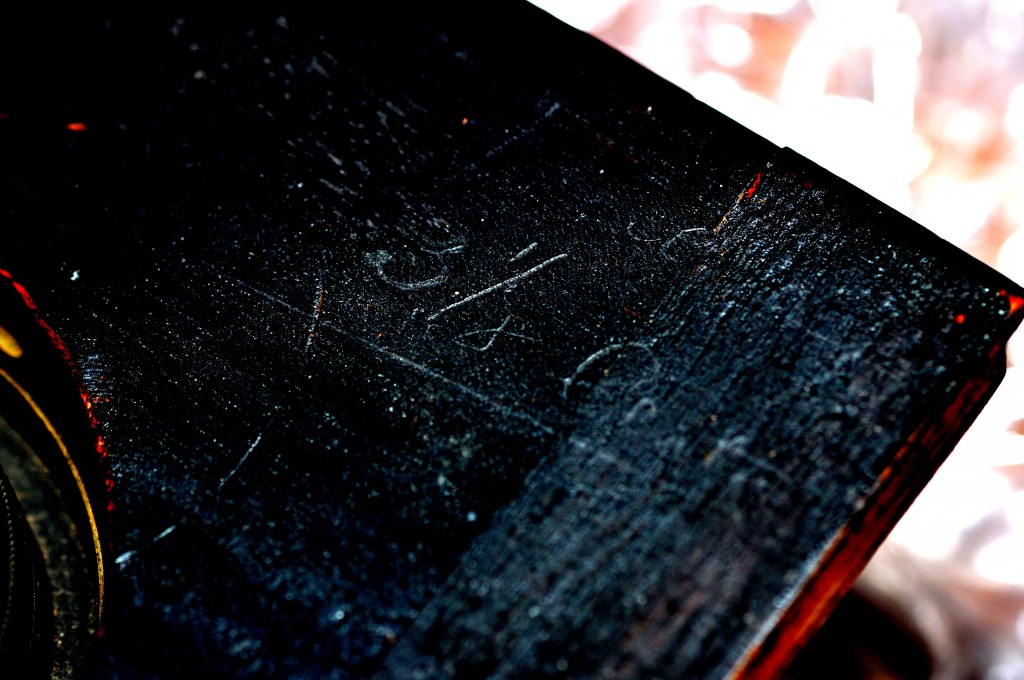
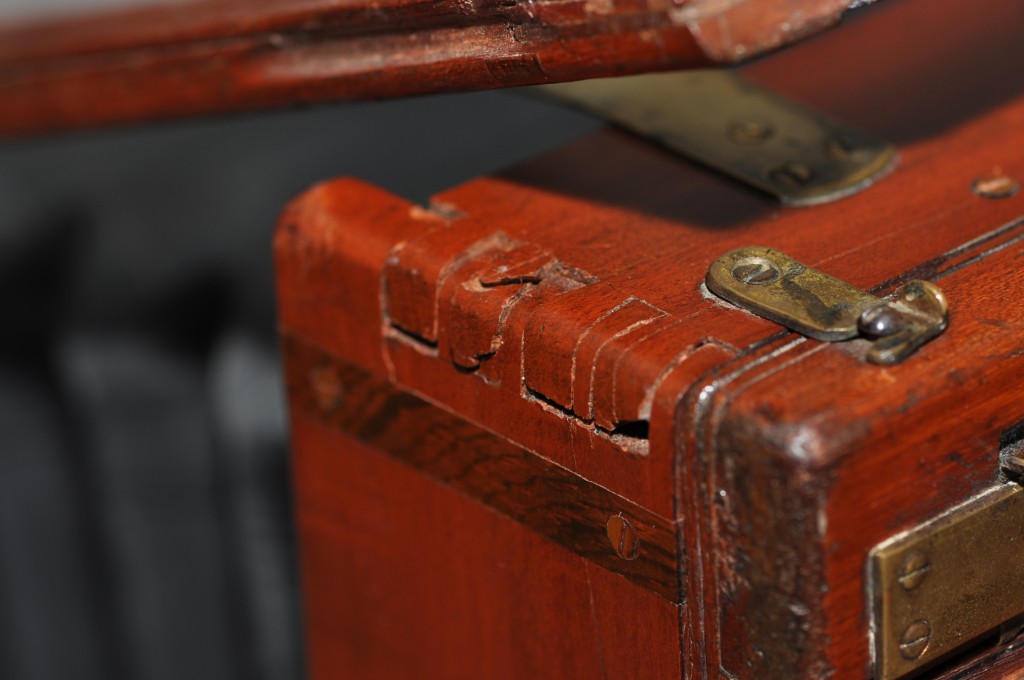
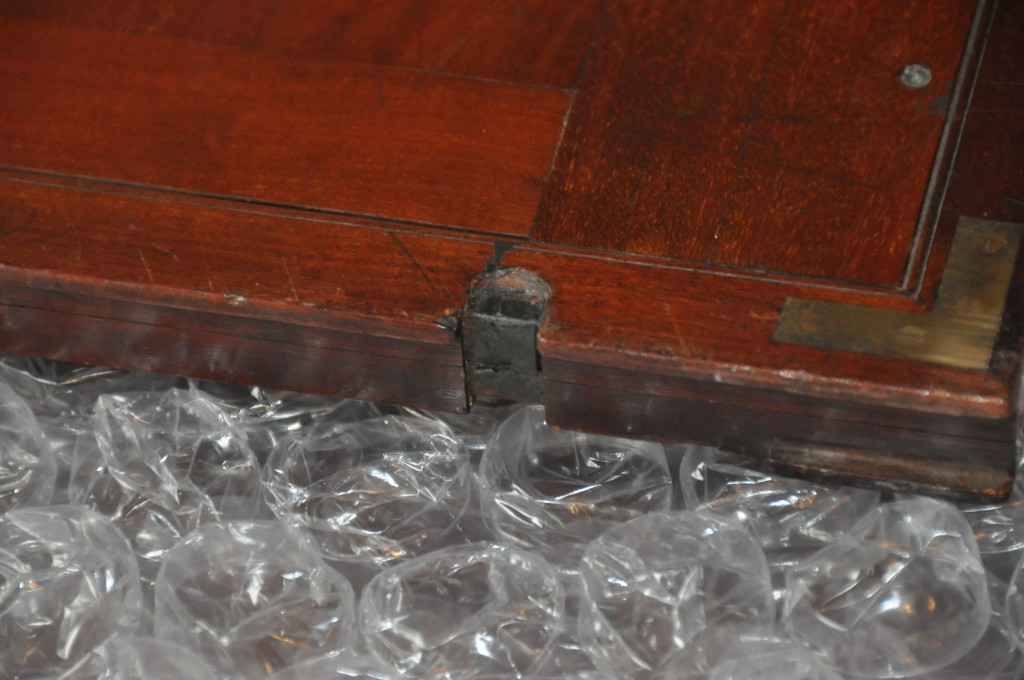
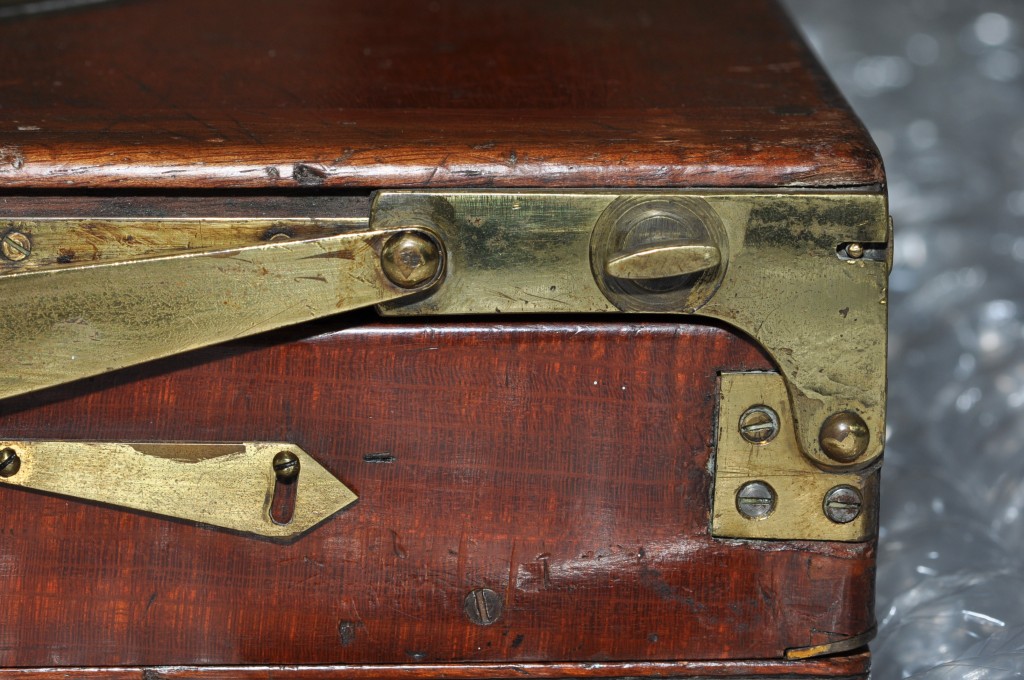
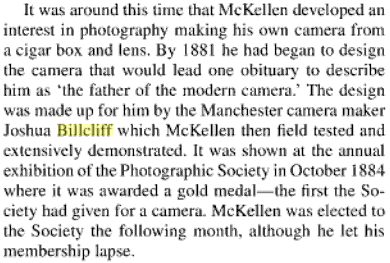

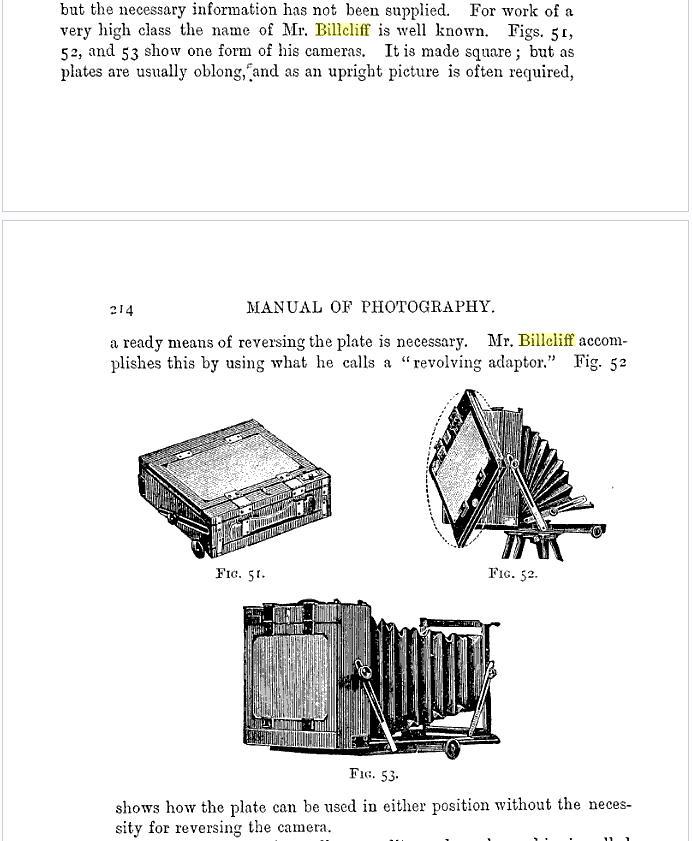
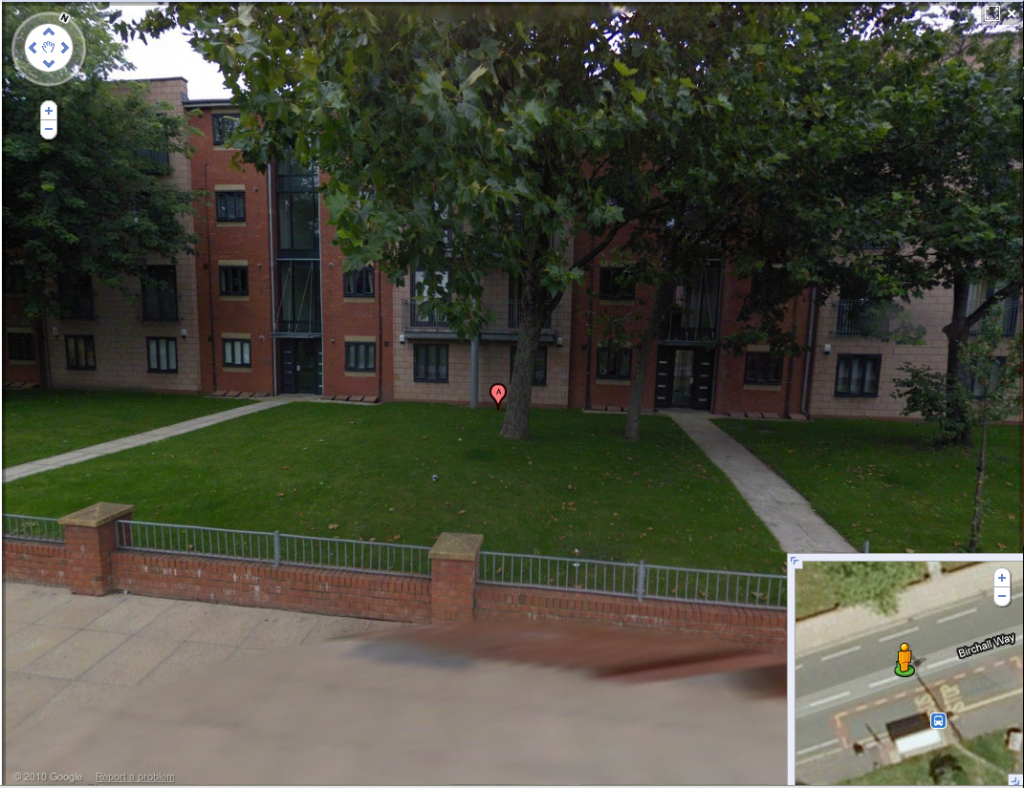
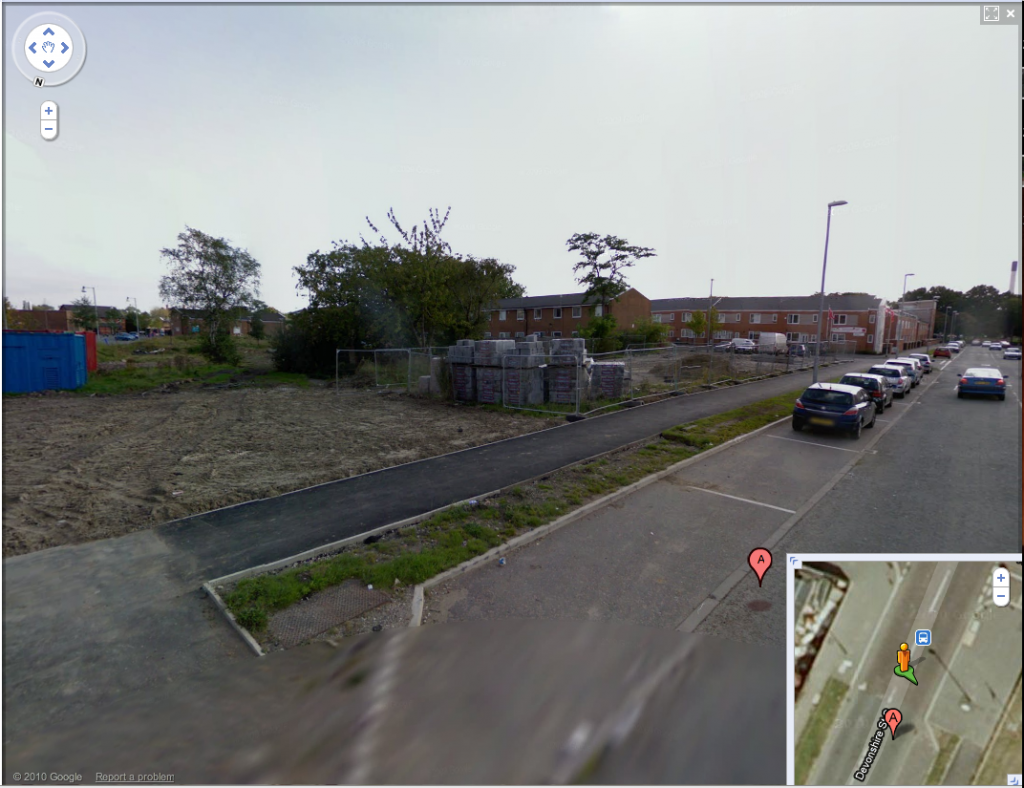
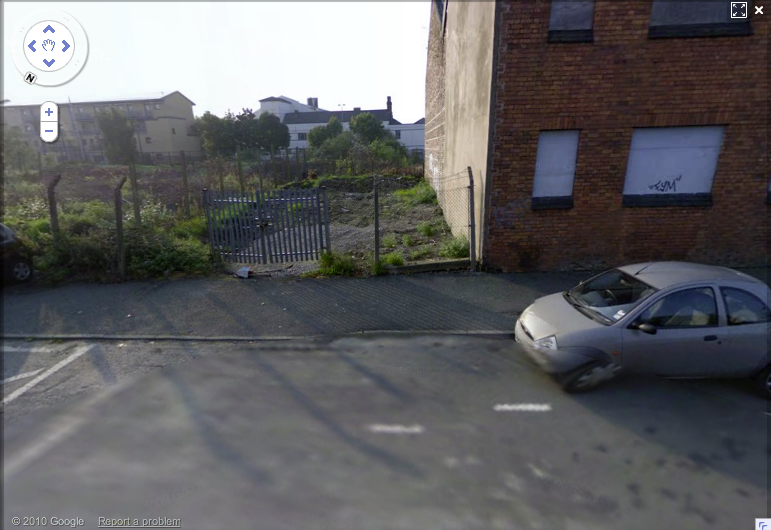
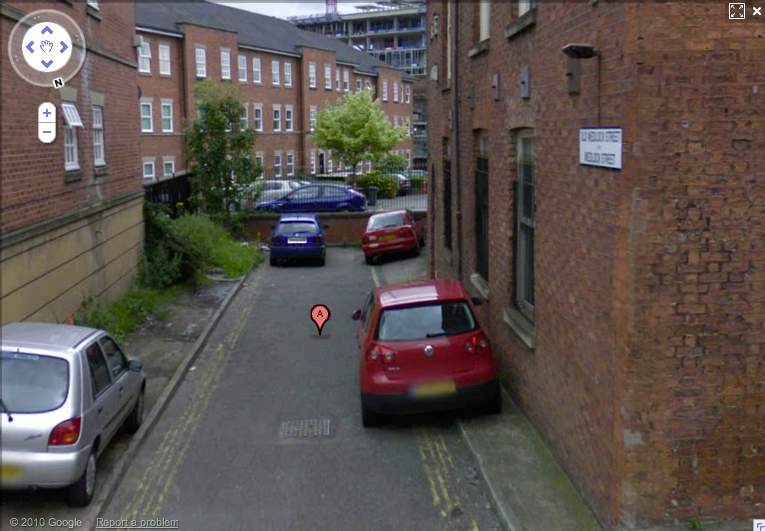
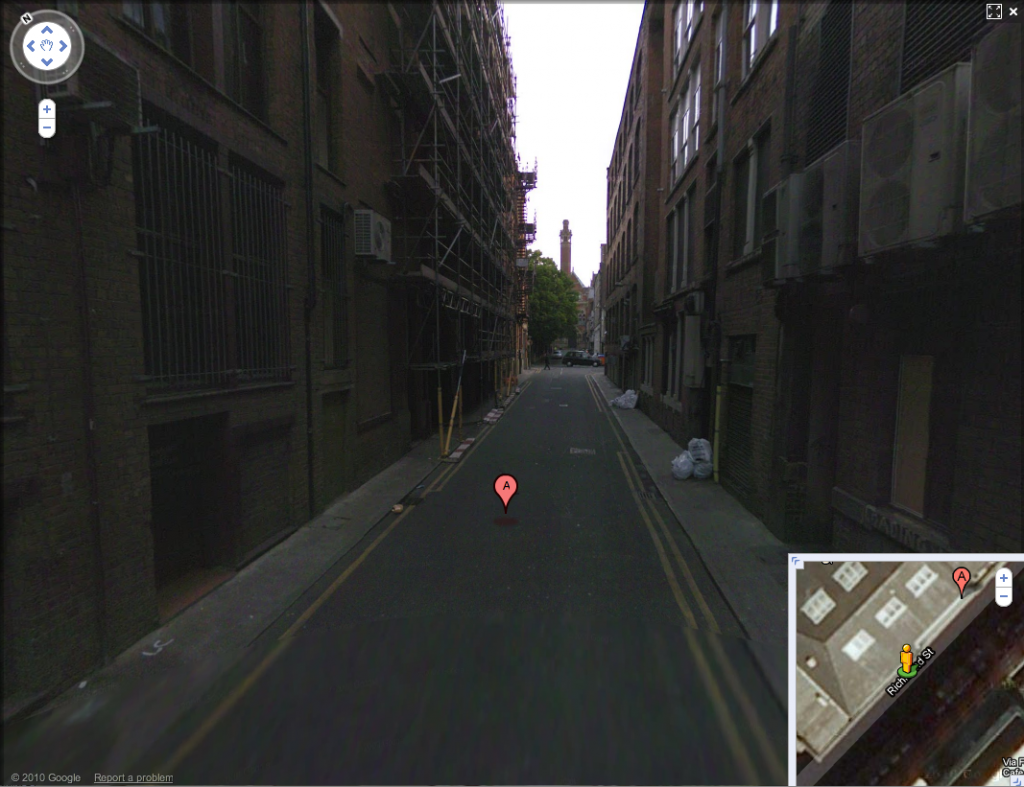
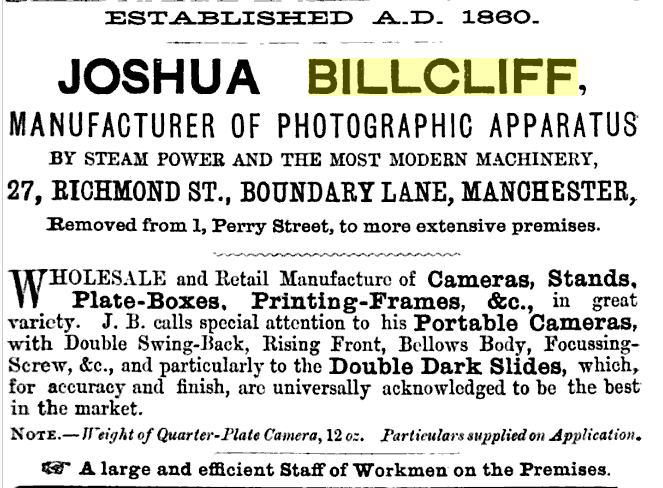
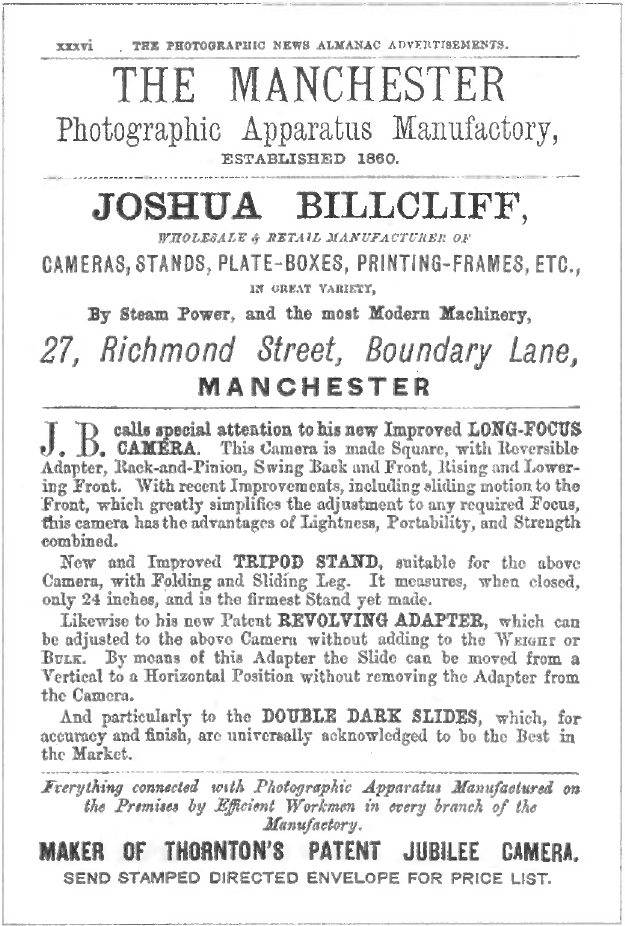
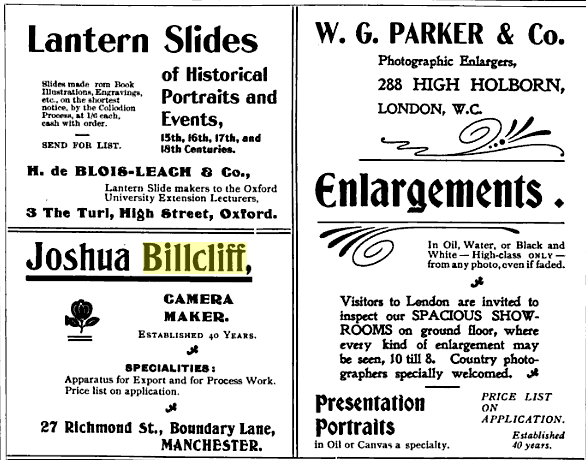





W I Chadwick Stereo Camera
E-Bay item number 320676633588
Did Chadwick actually build this camera ?
Did Bill Cliff build this camera for Chadwick?
Thanks, Larry, for your comment. I'm not an expert on the subject and therefore cannot answer your questions. I strongly suggest that you contact the curator of Early Photography, who will most likely know or be able to point you in the right direction. The anonymous curator has been quite helpful and has responded to my emails promptly.
It's a beautiful camera.
Good luck!
Great to find your blog. I am researching a diary reference in January 1875 in which a secondhand Rosslenz camera is bought from a photographer in New Zealand, and which also had a set of stereoscopic lenses. It is possible the camera is like yours and the Rosslenz reference is indicative that it has a Ross lens.
Hi Bill,
I was pleased to find your blog during a search for Billcliff cameras. I just bought one that I think is also by Billcliff or has very similar characteristics. There a pic on my blog.
http://fourtoes.co.uk/iblog/?p=3479
All the best,
Tony
@hakep and Tony,
Thanks for your posts and sorry for the delay in getting back.
I'd be interested in seeing what you've been able to learn, hakep.
Have you been able to use yours yet, Tony?
Bill
Hi Bill,
Mine is just about ready to use, just waiting on some new lens boards. I've just purchased a lens that covers 12×15 inches, so with that one and two projector lenses I already had I should have portraits and landscapes sorted.
I'm waiting for my studio partner to make a silver box large enough sensitise the plates and with some warmer weather I'll be hoping to progress to these much bigger plates.
You used yours yet?
Love your site and will pop in often. I recently restored / renovated a Billcliff Chapman quarter plate and I am starting to use it in the field, wonderful machines!
This may not be appropriate to you, but I feel i must say something!! My father was Harry Billcliff, son Of Joshua and Ada Billcliff.
My son, Andrew Ormiston, has done some research into the Billcliff family, and was told that Joshua and Joseph —the twins were not actual Billcliffs, but somehow through Joshua seniors second marriage adopted into the family, no records could be found! I find this information very interesting.
At this point in time there are not many Billcliffs alive, and not many Billcliff cameras in exsistance, I know of relatives who tossed cameras in to the rubbish. What a shame!! I am happy to know that other people find the cameras so interesting and valuable!!
Adrienne Billcliff Lenton
Nice information with amazing photos! Large format cameras use flexible bellows that allow us to adjust camera in any direction without affecting the original images.
Just a line to let you know l own a Billcliff original complete with plate holders allowing multi exposures on one plate.
The backs contain a sliding glass and film holder allowing up to 6 exposures side by side on the one plate.
On one back mounting gloves allow the back to be mounted on the camera in either landscape or portrait mode.
Prober like pre dating his revolving back invention.
It will be renovated soon but is currently on display in my gallery.
Regards Dennis